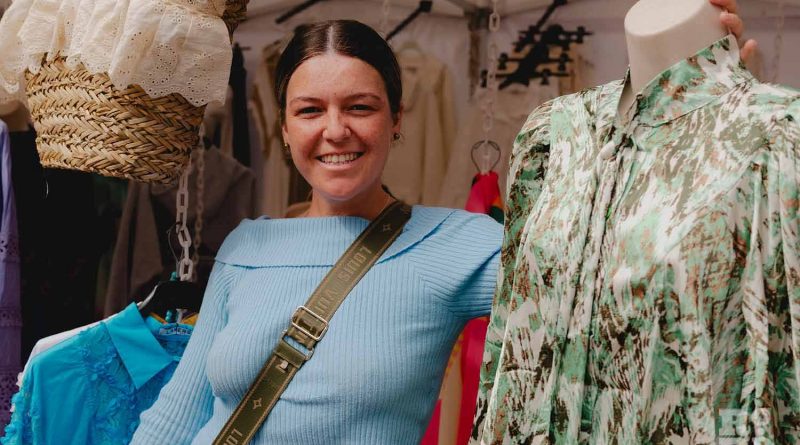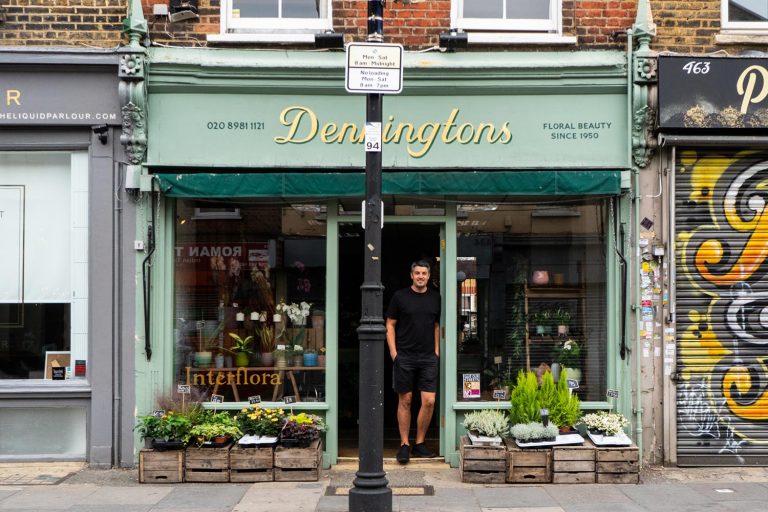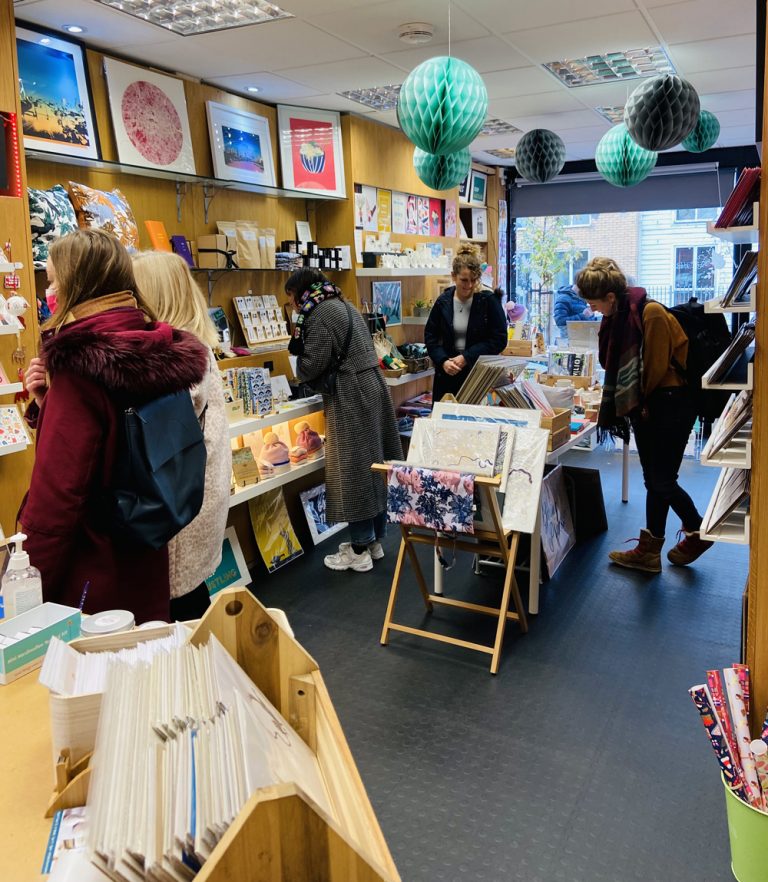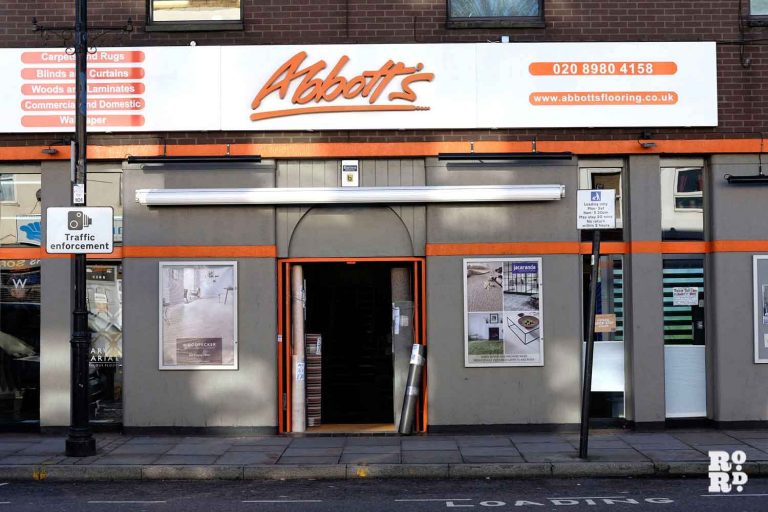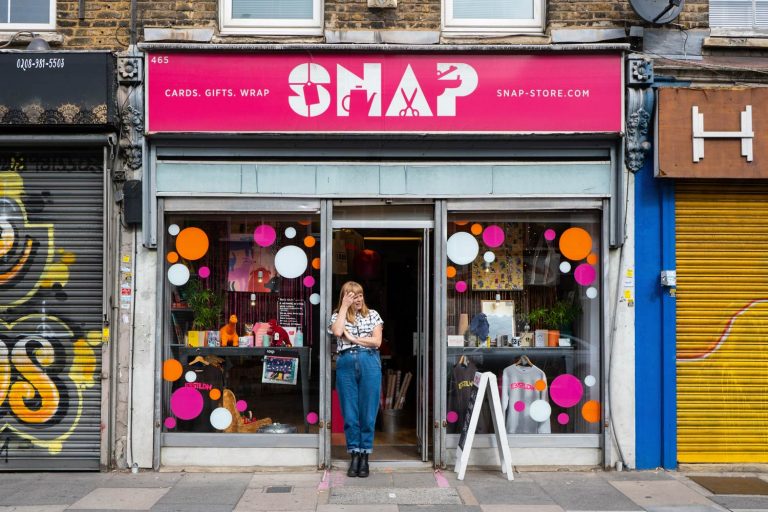Market trader Rosie Smyth: How a near-death experience gave her a lust for life and trading on the Roman
The once thronging street markets of east London have seen a dramatic decline in foot traffic over the years, but Rosie Smyth is using social media to attract a new generation to the Roman.
Stretching half a kilometre through the heart of Bow, Roman Road Market has served east Londoners eclectic homeware, colourful fashion and street food since 1888. But the market has changed dramatically over the years, with fewer stalls and fewer locals flocking to bag the latest bargain.
From Brick Lane and Petticoat Lane to Chrisp Street, markets that once formed the epicentre of social and commercial life in the East End are mere shadows of their former selves. But every Saturday, Tuesday and Thursday, the Roman still rings with the nostalgic sounds of market life, whether it’s shoppers haggling for a deal on sunglasses or the playful camaraderie of the traders.
Rosie Smyth, 31, began trading on the Roman around 10 months ago, having spent her childhood visiting the market with her mum, Tracey.
‘When I was 12, me and my mum used to go around a lot of markets, Dagenham, Roman, we used to try them all. This was very busy back in the day, there was always so much to see,’ she recalls, as we sit down on a bench at midday on a sunny Thursday. The street is filling up with locals eyeing the various stalls, but the atmosphere is quiet, a far cry from its days pre-lockdown, pre-online shopping.
‘Obviously back in the day, Roman Road Market was amazing, and it’s a shame to see it now, because you still get footfalls of people walking down here, so it’s a shame to not see as many stalls as there were before.’
Smyth doesn’t run a typical market stall and operates what she calls an ‘outdoor boutique’ selling high-end ladies’ fashion. She’s deliberately distinguished herself from the traditional market set-up as a way to remain competitive. ‘It’s not like I’ve got a chandelier, it’s not like I’ve got red carpet in there. It’s a few little touch-ups, of just some flowers hanging down the side of the bars with a banner at the top,’ but it’s enough to intrigue shoppers, who are attracted to her vibrant range of summer dresses modelled on mannequins.
‘I’ve had a lot of comments from traders, and them trying to get me off of the market,’ she says, knowing she’s going against the grain on the historic street, but Smyth isn’t afraid of modernising and adapting as a way to survive.
Smyth first began trading alongside her mother from their joint stall called Rosie’s Wardrobe at Dagenham Market. ‘We started off with our 10-foot pitch and I had a little table just at the front of the stall selling my five pairs of shoes’, she remembers fondly.
When Dagenham Market closed in 2020 during the Covid-19 pandemic, Smyth was ‘devastated’, finally having discovered a job that genuinely fulfilled her after years of trying out various professions from hairdressing to retail.
In 2021, Smyth took the plunge and branched away from her mother, setting up her own brand – Little Rosie’s Wardrobe. She’s at the Roman every Saturday and Thursday and gets a thrill out of building a connection with her customers, who she sees more as friends. ‘I have actually found something now that I absolutely love, I’d hate for it to be taken away from me,’ she says.
‘I’ve even met some amazing customers that actually have asked to go out with them on a night out. They’re like “I really love your energy, I really love your personality”. And that’s the best part about it.’ When she’s not at the Roman, she’s trading at Bexleyheath, Grays and Swanley.
Trading is Smyth’s ‘pride and joy’, but she’s also committed to growing an online presence, particularly on Instagram and TikTok to bring a new generation of young women to the Roman. She runs the TikTok account Rosie’s Wardrobe with her mum, uploading ‘come and work with me today’ snippets and live videos of her trying on her stock.
Smyth balances trading with posting daily on social media, producing TikToks that’ll perform well on the algorithm and connect with online audiences. She astutely studies the successes of other accounts, learning the strategies that’ll make her ‘blow up’ and catapult her brand.
‘One thing about TikTok is you’ve got to have the patience and the time and it’s got to be within the time frame. So for instance, a good time is in the afternoon, but obviously, if I’m doing a market, it’s very hard. I know some girls and they’re on it eight hours a day on a live video,’ she says.
Between manning her stall and carefully curating an online feed of visually appealing photographs and videos, Smyth isn’t left with much time to switch off, but she’s not afraid of hard graft. ‘When I put my mind to something, I go in completely, I come out 10 out of 10 with everything that I put my efforts into,’ she says.
Despite her commitment to social media, Smyth’s heart lies firmly with the markets. ‘Standing behind a camera all day, you’re never going to meet new people, you’re never going to see the laughs that you have and even just making someone feel good. I love the markets and I really wouldn’t want them to shut down.’
Smyth might be a far cry from your traditional East End market trader, but she’s lived a life of highs and extraordinary lows, giving her the grit to thrive in the cutthroat trade. At age 18, she survived a near-death motorbike accident while on holiday in Rhodes which left her with a scar across her forehead that she points to today with pride.
I’d love to see my mum be a millionaire. She’s put in all this work from the start… I wouldn’t have done it without my mum.’
ROSIE SMYTH
‘I nearly died and I was in a coma for three and a half days. I was out of work for two years, I was in a wheelchair for six months, and I nearly came out with brain damage. I had a fractured skull, a broken hand and two broken toes,’ she says.
Did the accident change her? ‘It made me look at life with a completely different outlook, but I wouldn’t say it changed me as a person. I’ve always been outgoing, I’ve always been very motivated.’ ‘You wear what you’ve been through’, she says, pointing at her scar.
Coming so close to death at 18 has injected Smyth with a fearlessness, making her a match for the difficult job of trading. The life-changing accident also gave her a lust for life that’s fed every day by the dynamic, ever-changing culture of street markets.
When asked about her motivations, Smyth’s mind rests immediately on one thing. ‘I’d love to see my mum be a millionaire, I want this more for my mum than myself.’ While they originally started trading on the same stall, Smyth is more than ready to take the driving seat. ‘She’s put in all this work from the start, of actually building this business up in the first place, I wouldn’t have done it without my mum.’
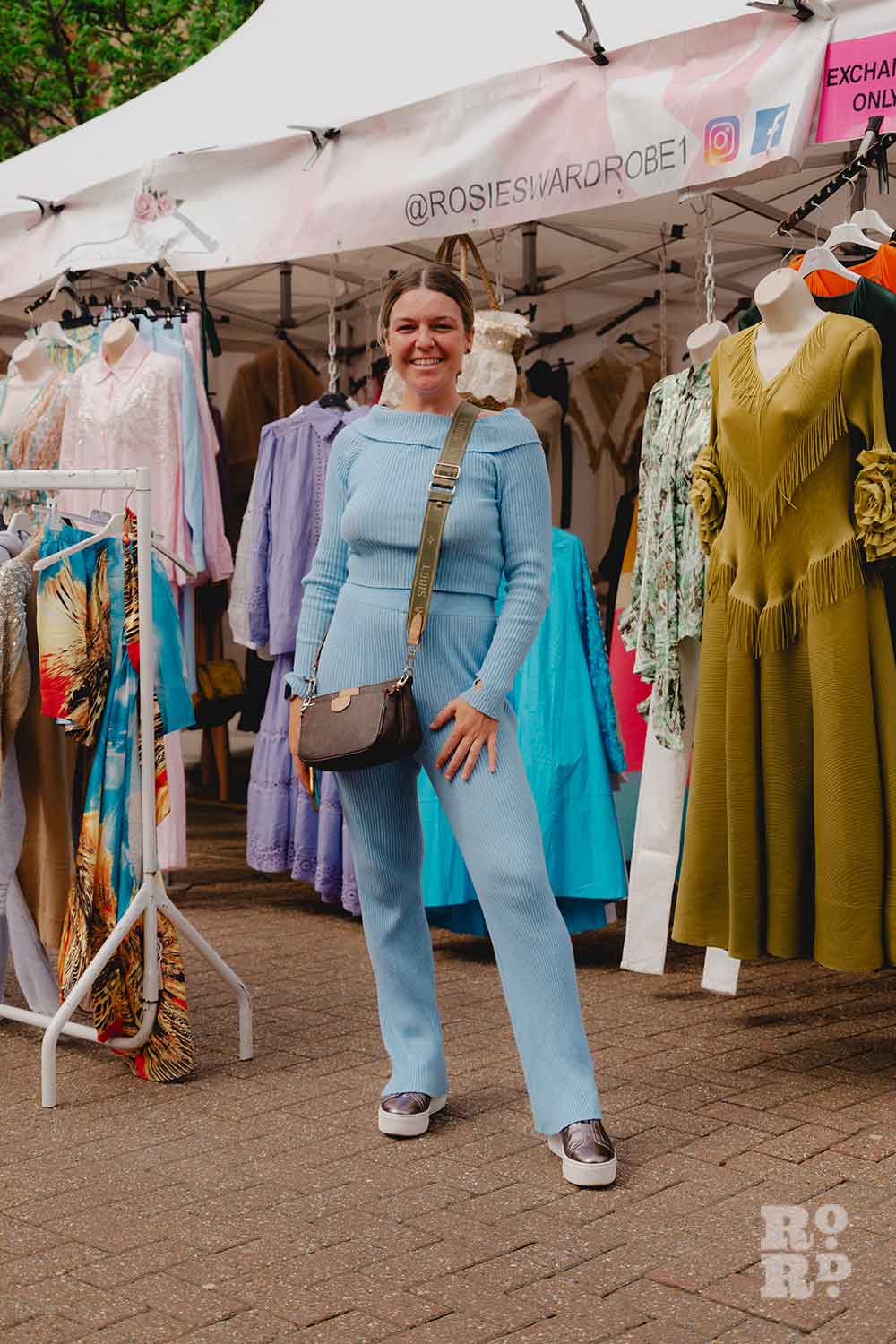
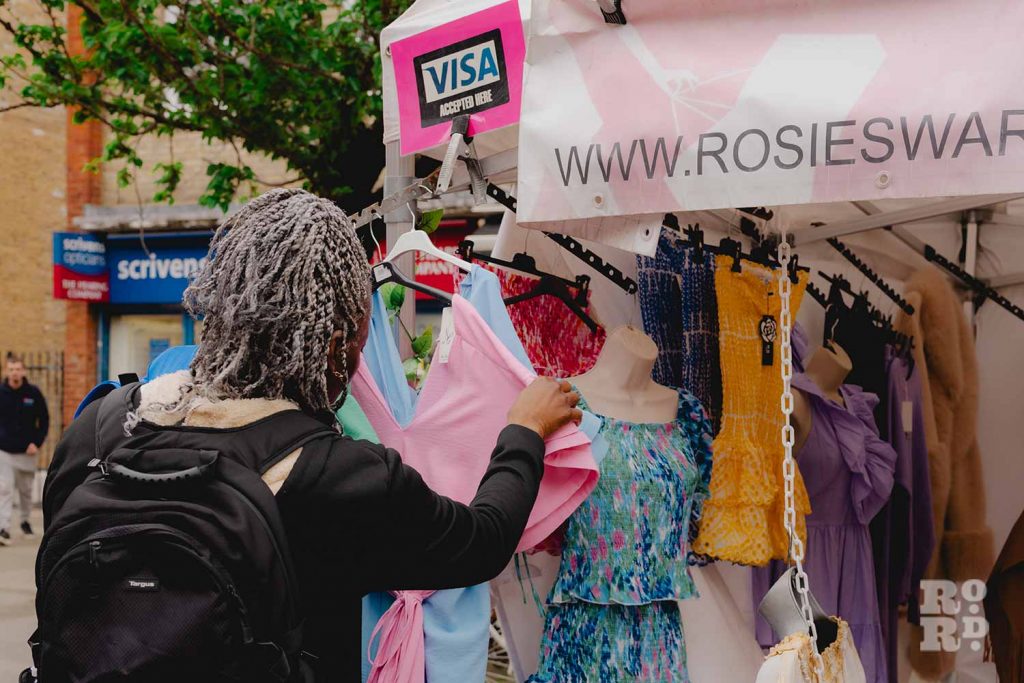
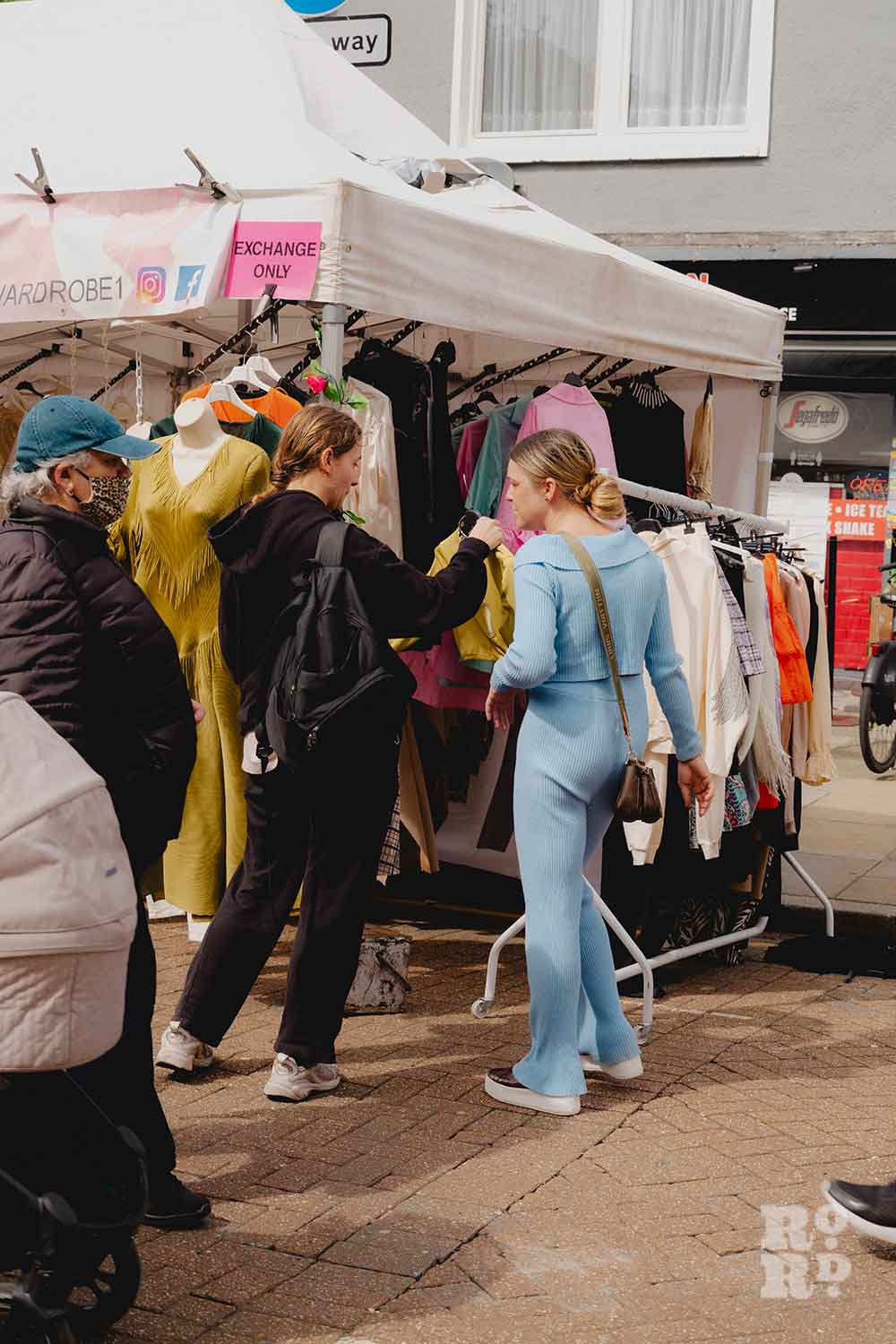
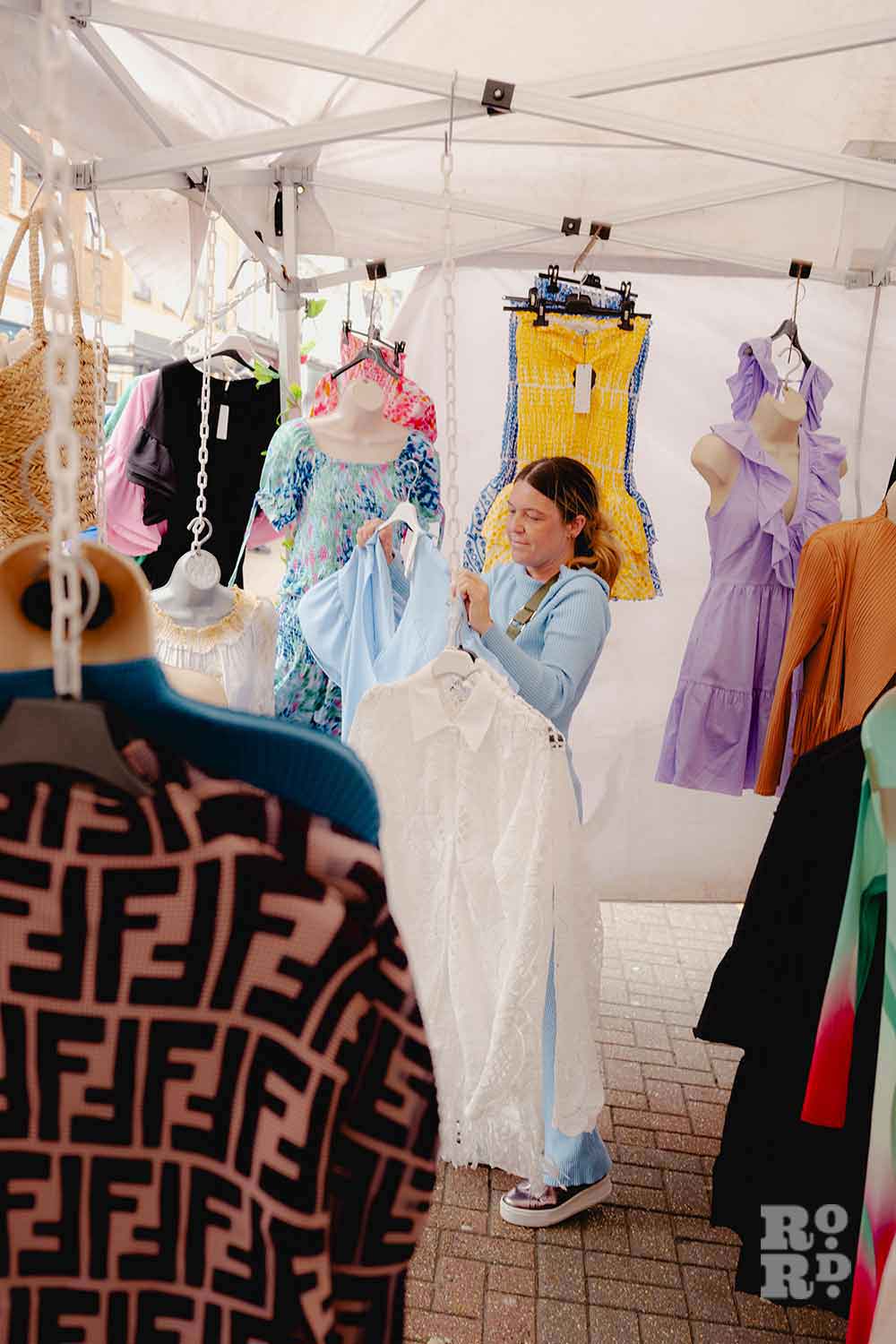
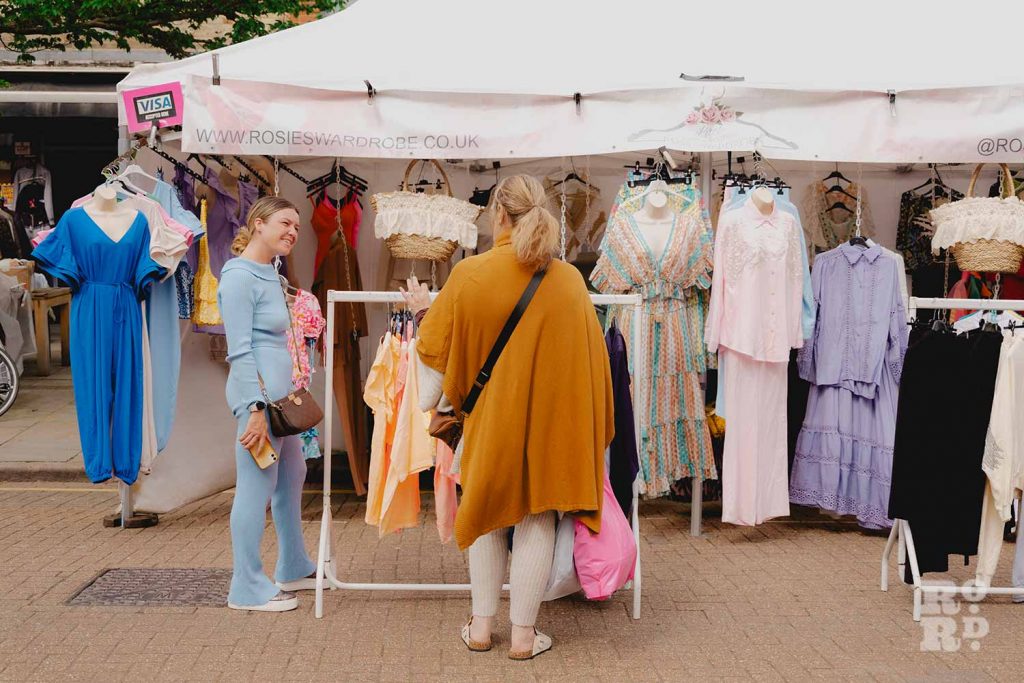
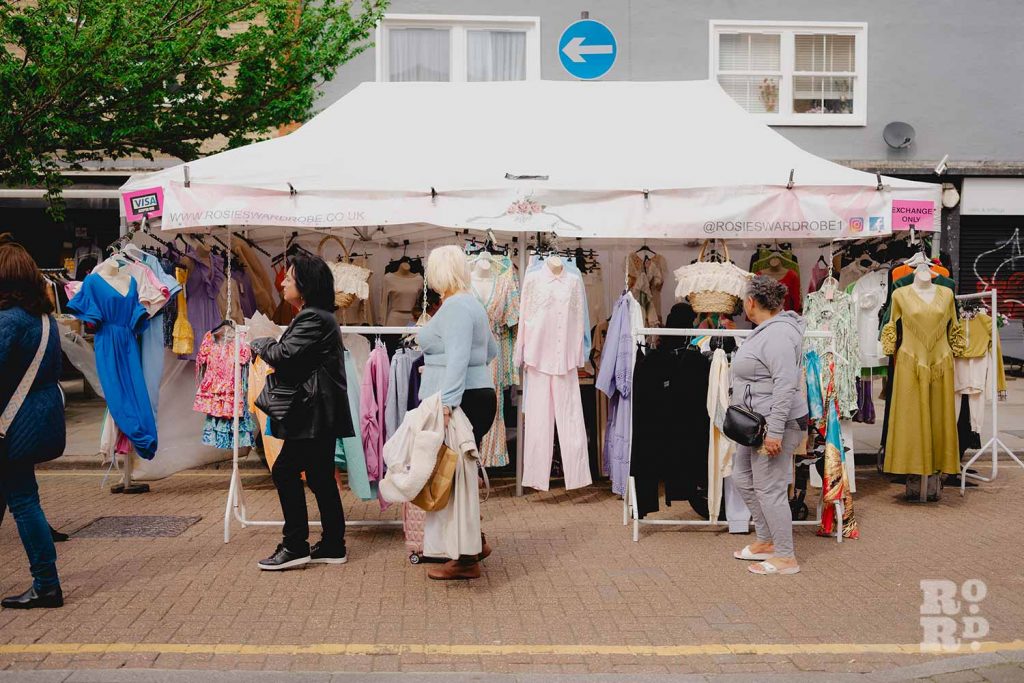
If you liked this article, you might enjoy our piece about the hidden history of Cabbage: the obscure fashion industry practice that helped shape Roman Road Market

